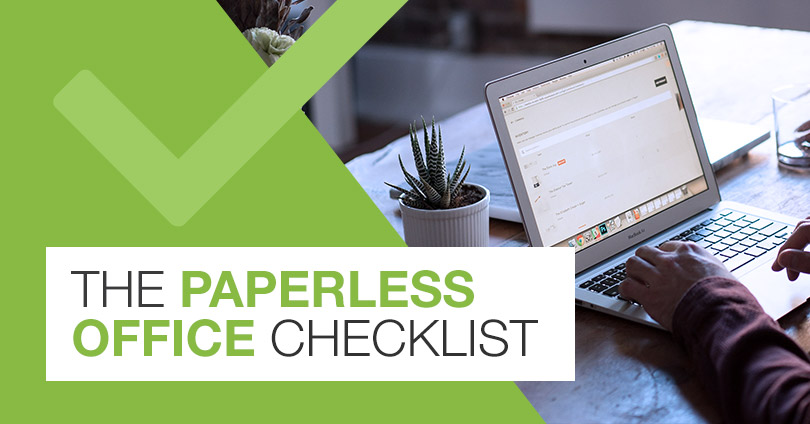 Creating a paperless office seems like a daunting task. Filing cabinets, shredders, and copy machines are staples in office equipment but are no longer required. At least not in their traditional forms. Thankfully, it is simple to make this change when broken down. Here are the steps you can follow to take your office paperless, separated into three separate sections- before, during, and after.
Creating a paperless office seems like a daunting task. Filing cabinets, shredders, and copy machines are staples in office equipment but are no longer required. At least not in their traditional forms. Thankfully, it is simple to make this change when broken down. Here are the steps you can follow to take your office paperless, separated into three separate sections- before, during, and after.
Before Going Paperless
1. Show Why It Matters
Getting everyone on board is the best thing to do when making a change in the office. The best way to do that is to explain why the change matters. When going paperless, you can show how much paper is used each month, the number of papers wasted, and how easy it is to do everything digitally. Most people are willing to do what is good for the environment if it is convenient for them.
As the workforce gets younger, more people are familiar with computers and digital files, so switching isn’t as big of a deal. One concern people have is meeting compliance. This typically involves legal, medical, and financial departments, so come prepared to show that going digital does not prevent meeting compliance obligations.
2. Organize and Scan Documents
Hiring a secure, reliable document scanning company to come and help you scan all your documents into digital files is essential to getting it done quickly and efficiently. Once the documents are scanned in, working to organize everything is just as important so you can find information in the future. Companies can show you efficient ways to do that.
3. Request Paperless Statements
To cut down on paper coming into the office, request that all statements from banks and service providers come in electronic format. Many companies prefer to do it this way since it cuts down costs for them too.
4. Provide Training
Employees need to know how to use the document management system before they are expected to use it. Set up a few training days and make sure everyone understands prior to taking paper away. This will limit frustrations for everyone and help the transition go more smoothly.
During the Transition
1. Provide Support
Employees should be trained on the system, but questions always come up during implementation. Be sure to have company representatives and IT gurus on hand who can help answer questions. If you want to handle it all internally, have people trained prior to implementation day who know the system better and can help their colleagues.
2. Send Reminders
It doesn’t hurt to send out a reminder to employees and management teams that you will be paperless. If you give an official day, stick to it and reminder employees throughout the day about the goal. It may take a few days to adjust, but everyone will start to remember and join in the efforts to limit paper use.
3. Reduce Printing
If it is inconvenient to print, people will avoid it. Set a limit for each computer or employee in the office for pages printed. Take away printers from individual desks. Invest in a printer that is low-end but still capable of quality prints that is in a central location for everyone to use. People are less likely to print as often or as wastefully if it is inconvenient. To further reduce wasteful printing, get rid of fax machines. There are online fax providers who will accept and send faxes through email form.
4. Use Electronic Signatures
Some offices print off forms just to physically sign, then scan them in and throw away the paper. Instead, change your processes to use electronic signatures for less waste. The ESIGN Act of 2000 ensures that these are just as legally valid as physical signatures.
After the Transition
Once everyone is transitioned, enjoy the amount of room you have now that the filing cabinets are gone. Still, have support available for those who need it and always seek new training on ways you can utilize a system better. A great addition to an office is a recycling bin or box that can help further reduce paper waste.
Reduced costs and being environmentally friendly are the first benefits people think of with going paperless. For anyone sitting on the going-paperless-fence, these are not the only benefits. Digital files are safer stored with a secure online document management company.
It is also easier to search digital files on the cloud using keywords and search functions, while also being available from mobile devices, laptops, and tablets outside the office. This will decrease frustration while increasing productivity for almost every employee. With the advantages of a paperless office, you will never go back to a filing cabinet system again.
